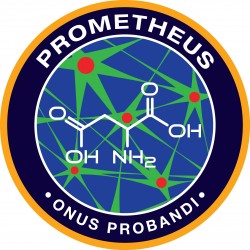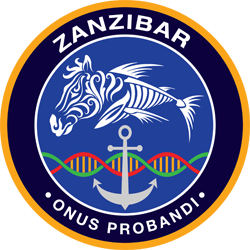Stem cell and animal models are vital for the investigation and understanding of diseases. The Mission Massimo Foundation supports the development of models for novel leukodystrophies to test potential therapeutic options.





Join Our Mission To End Childhood Leukodystrophies
Primary Sidebar Widget Area
This is the Primary Sidebar Widget Area. You can add content to this area by visiting your Widgets Panel and adding new widgets to this area.
Secondary Sidebar Widget Area
This is the Secondary Sidebar Widget Area. You can add content to this area by visiting your Widgets Panel and adding new widgets to this area.



